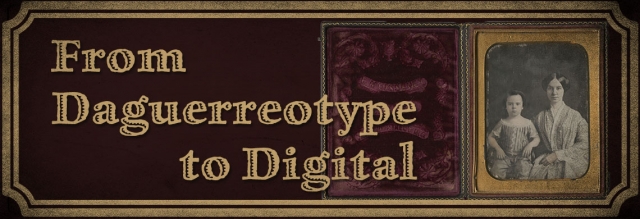
During their lifetimes, Kemper and Leila Williams, founders of The Historic New Orleans Collection (THNOC), rarely sought out photographs as part of their assemblage of historically and artistically significant Louisiana materials. But beginning in the mid-1970s, under curatorial direction, THNOC’s photography collections (prints, negatives, films) began growing in earnest. Over the past forty-plus years, through gift and purchase, the museum has acquired several photographers’ archives, along with numerous discrete works and large thematic collections.. Today, with a corpus comprising hundreds of thousands of items, photographic images account for the museum’s largest pictorial collection.
Using the word “photograph” to describe something with such a multitude of variations and forms is almost like using the word “bug” to describe all the members of the insect world. This exhibition offers a look at over twenty different photographic processes and techniques represented in the holdings of The Historic New Orleans Collection. The selection covers the full extent of the medium’s history, from the daguerreotype—which came to New Orleans in 1840, barely six months after its introduction in France—to the digital prints of today. The intervening years have been filled with a dizzying array of chemical, optical, and artistic innovation. As new techniques were pioneered—among them gelatin dry plates, “faster” emulsions and lenses, and hand-held cameras—they opened the door to the conception and execution of new photographic possibilities: capturing fleeting facial expressions, stopping quick action, and rendering subjects in full color. As with all technologies, some remained viable for decades, while others have been relegated to historical footnotes and curiosities. But in their heyday, each technique contributed to the technical and aesthetic advancement of the medium.
As objects from a distant or recent past, photographs command our interest through their beauty and their mute but compelling witness to historical events, both public and private. We hope that the images in Daguerreotype to Digital will serve not only to educate and delight but also to illustrate the evolution of photographic technique.

